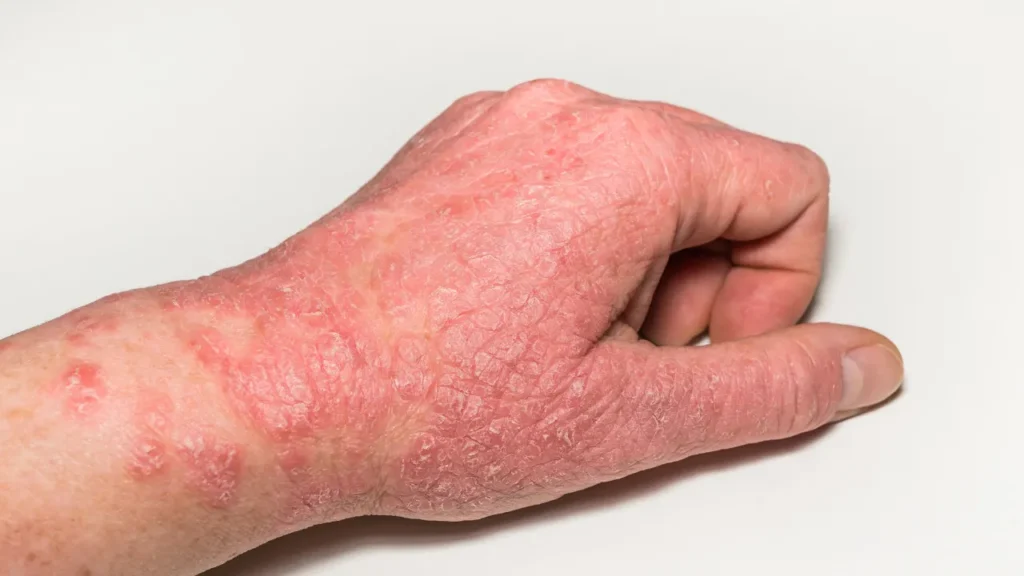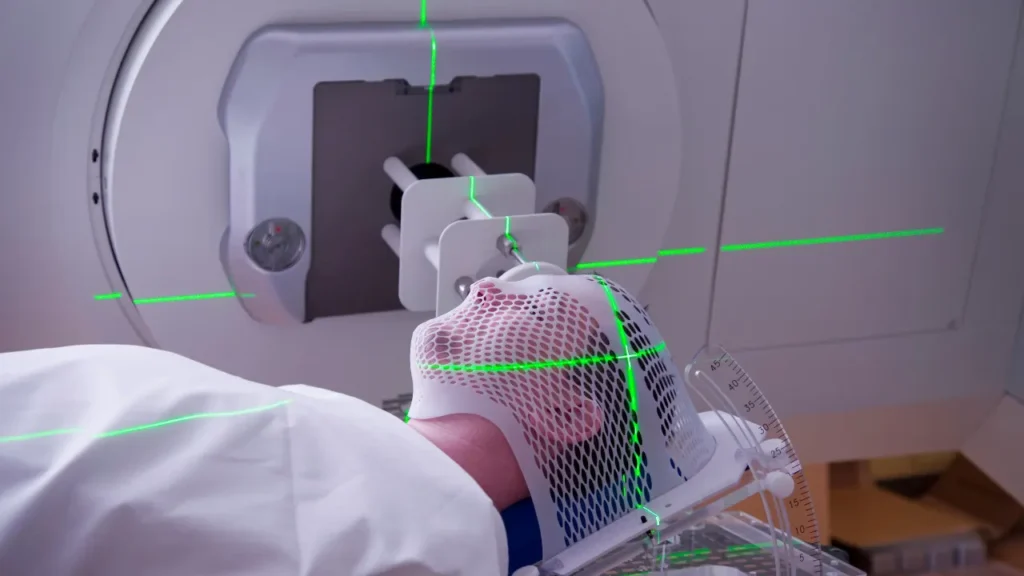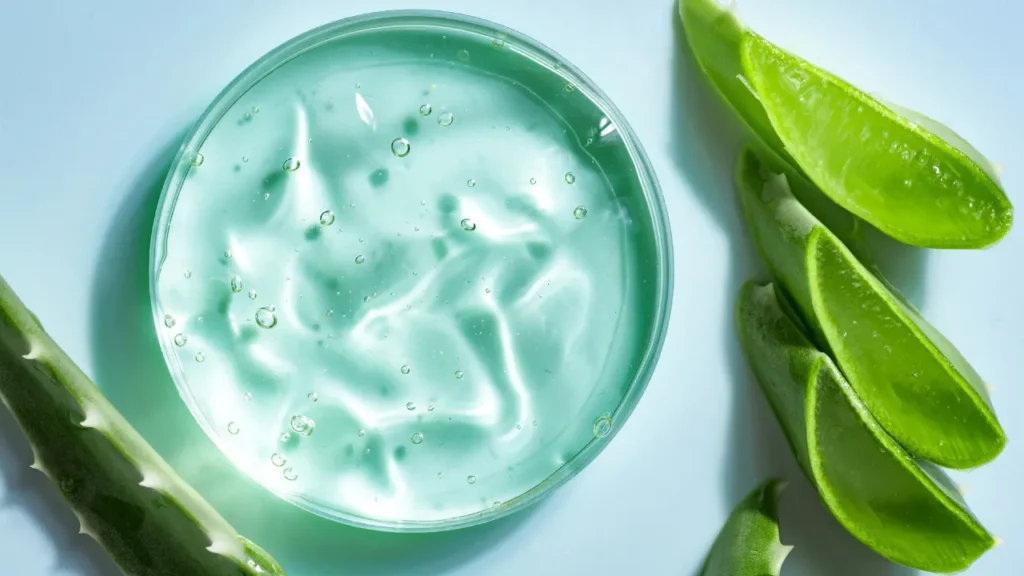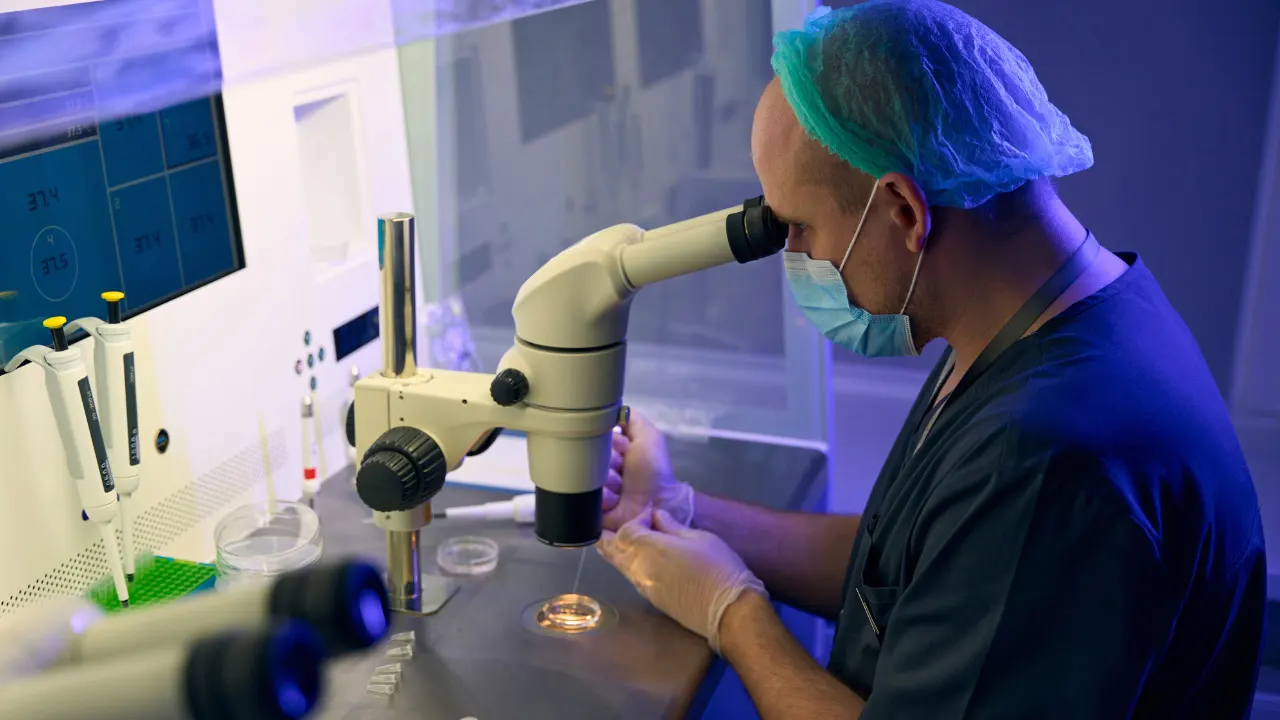Description
In a routine diagnostic process called a skin biopsy, a small sample concerning skin tissue is removed and examined under a microscope. Insights into how to take control of skin biopsy scenarios and prospective adjunct therapies to boost treatment success can be gained by looking into these elements by patients and medical professionals. In the diagnosis and treatment of dermatological conditions, a skin biopsy is crucial. Depending on the type of suspected skin problem, a variety of procedures are used, including the following.
Punch Biopsy
The removal of a tiny cylindrical core concerning skin tissue involves the use of a circular instrument with a cookie cutter-like shape. Deeper layers of the skin are frequently obtained using this method for investigation. According to the dimension and position of the biopsy location, the wound is typically stitched shut or allowed to heal naturally.
Shave Biopsy
A superficial area around the skin lesion is removed with a razor blade or other sharp object. Surface-level or elevated lesions can be treated with this method. It could be necessary to employ stitches to seal the incision or cauterization techniques to halt the bleeding.
Excisional Biopsy
Utilizing surgical scissors or a scalpel, the complete skin lesion and a border of healthy skin are surgically removed. While a bigger sample or complete elimination of the lesion needs to be done for diagnosis or therapy, this procedure is used. The resultant incision is closed with stitches.
You May Also Like:
5 Top Supplement Ingredients To Keep Your Skin Looking Young
7 SUPER NUTRIENTS IN SEA MOSS FOR HEALTHIER SKIN, HAIR, AND SCALP
Skin Biopsy: Description, Causes, And Treatment Protocol is an original (NewsHealthWatch) article.
Possible Causes for Skin Biopsy
For the sake of diagnosis and proper therapy, a skin biopsy can be necessary for numerous dermatological diseases. Clinical evaluation, patient symptoms, and the presumed underlying cause are frequently used to guide the choice to undertake a skin biopsy. The following conditions may necessitate a skin biopsy.
Skin Cancers
Basal Cell Carcinoma
This is the most prevalent kind of skin cancer, which starts in the epidermis’s basal cells.
Melanoma
Melanocytes cause the most dangerous type of skin cancer and have the lowest recovery rate out of the three skin cancer types.
Squamous Cell Carcinoma
This is a form of cancer that develops from squamous epidermal cells.
Autoimmune Disorders
Psoriasis
A persistent inflammatory disorder that causes red, thick, and scaly areas of skin due to the high turnover of cells in the skin.
Dermatitis Herpetiformis
An extremely itching and blistering skin condition that is a cutaneous symptom of celiac disease.
Lupus Erythematosus
An autoimmune condition that affects several organs, encompassing the skin, and results in a variety of skin symptoms.
Inflammatory Skin Conditions
Contact Dermatitis
A localized reaction on the skin that happens due to interaction with an allergen or irritant.
Rosacea
A long-term skin inflammation that usually affects the face and results in flushing, redness, and pimples that resemble acne.
Eczema (Atopic Dermatitis)
A long-term inflammatory disorder that causes dry, itchy, and irritated skin.
Infectious Diseases
Viral Infections
Viral skin diseases, including shingles and the herpes simplex virus like shingles.
Fungal Infections
Fungal organisms, like those that cause ringworm, fungal nail infections, or athlete’s foot, are the root cause of many skin disorders.
Bacterial Infections
Bacteria are the root cause of skin illnesses like cellulitis, impetigo, and folliculitis.
Connective Tissue Disorders
Dermatomyositis
A condition that causes inflammation and weakens the muscles and skin.
Scleroderma
A condition that affects the skin alongside connective tissues abnormally and is characterized by thickening and hardening.
Systemic Lupus Erythematosus
An autoimmune condition that can harm several organs, including the skin.

Exacerbating and Mitigating Factors
Skin biopsy requirements and the treatment of skin disorders may be influenced by aggravating and mitigating factors. According to the particular condition and individual traits, these variables can change. Following are a few typical skin biopsy aggravating and mitigating factors.
Environmental Factors
Allergens
Environmental allergens, like pet dander, pollen, or particular chemicals, can cause allergic reactions and exacerbate contact dermatitis or eczema.
Sun Exposure
Long-term exposition to ultraviolet (UV) light can exacerbate some skin diseases, like photoallergic reactions, or increase the possibility of skin cancer.
Chemical Irritants
Harsh chemicals in cosmetics, workplace goods, and settings may irritate the skin and exacerbate some skin diseases.
Lifestyle Factors
Diet
Inflammation and skin disorders may be influenced by dietary factors including excessive consumption of processed foods, sweets, or harmful fats. A well-balanced diet full of omega-3 fatty acids, fruits, and vegetables, however, can have a moderating effect.
Smoking
Numerous dangerous compounds found in tobacco smoke can injure the skin and impede skin healing. Smoking has been linked to slower wound healing and a greater possibility of skin cancer.
Stress
Chronic stress can impair immunity and exacerbate inflammatory skin diseases like eczema, psoriasis, or acne. These effects might be lessened with the aid of relaxation techniques and stress management techniques.
Personal Factors
Genetic Predisposition
An individual’s predisposition to acquiring certain skin conditions, like atopic dermatitis or psoriasis, might be increased, and this may signal the necessity for a skin biopsy for an appropriate diagnosis.
Immunological Factors
Various skin ailments, like autoimmune diseases or infections, can develop or become worse as a result of immune system imbalances or dysfunction.
Age
The prevalence and intensity of skin problems might vary by age group. Some ailments, like acne or eczema, are more prevalent in teenagers and young adults, but others, like specific types of skin malignancies, might be more common in older people.
Treatment Compliance
Compliance with Treatment Plans
Skin conditions must be managed effectively by adhering to the recommended treatment plan, which includes taking prescription medications and changing one’s lifestyle. Inadequate symptom control or disease progression might result from non-compliance with or uneven adherence to treatment regimens.

Standard Treatment Protocol
The skin biopsy treatment plan is determined by the underlying ailment that is being identified or managed. These typical treatment methods are listed.
Skin Cancer
Surgical excision
The tumor and the border of healthy tissue are surgically excised from localized skin malignancies to guarantee full eradication.
Mohs surgery
A specialist surgical procedure intended to remove skin malignancies from delicate locations, including the face, or people with a high risk of recurrence.
Radiation therapy
Radiation therapy can be used to kill malignant cells when surgery is impractical or full removal is difficult.
Skin Inflammation and Autoimmune Diseases
Topical Immunomodulators
Certain disorders, like eczema, are treated with calcineurin inhibitors including pimecrolimus and tacrolimus.
Topical Corticosteroids
These drugs are typically used to treat inflammation and manage signs including itching and redness.
Systemic Medications
Immune response modulation may be recommended in severe situations using injectable or oral immunosuppressants like cyclosporine or methotrexate.
Infectious Diseases
Antibiotics
Systemic antibiotics are frequently needed to treat bacterial skin infections like cellulitis or impetigo.
Antiviral Medications
Antiviral medicines may be used to treat viral infections such as herpes zoster or herpes simplex in order to decrease indications and viral replication.
Antifungal Medications
Antifungal medications are used to treat fungal infections that usually affect your skin, hair, and nails such as clotrimazole, econazole, etc.
Connective Tissue Disorders
Symptomatic Relief
The goal of the treatment is to reduce disease progression and manage symptoms. Moisturizers, phototherapy, and topical corticosteroids are all options to provide symptomatic relief.
Disease-Modifying Anti-rheumatic Drugs or DMARDs
DMARDs comprising methotrexate or hydroxychloroquine can be prescribed for diseases including dermatomyositis or systemic lupus erythematosus.

Treatment Options
A person’s condition and the advice of their healthcare professional may lead them to investigate alternative treatments alongside conventional regimens: –
Prescription Medications
Immunomodulators
To control immune responses in specific dermatological disorders, doctors may prescribe drugs like mycophenolate mofetil or dapsone.
Retinoids
These substances obtained from vitamin A can minimize inflammation and restore normal skin cell proliferation.
Antihistamines
Antihistamines used orally help lessen allergic reactions and itching.
Over-the-Counter Formulations
Moisturizers
Regular application of moisturizers enhances skin barrier function and keeps skin hydrated.
Topical Hydrocortisone
Itching and minor inflammation can be temporarily relieved by hydrocortisone lotions or ointments available over-the-counter.
Nutritional Supplements
Vitamin D
To maintain healthy immunological and skin systems, vitamin D levels must be adequate.
Zinc
The healing of wounds and the regeneration of tissue both include this mineral.
Omega-3 Fatty Acids
Omega-3 fatty acids, which are present in fish oil and flaxseed oil supplements, offer anti-inflammatory effects that may help with some skin disorders.
Natural and Herbal Remedies
Aloe Vera
Aloe vera creams or gels, known for their calming and anti-inflammatory characteristics, can offer treatment for several skin disorders.
Chamomile
The calming and anti-irritant qualities of chamomile can be utilized topically or in baths.
Tea Tree Oil
Fungal infections or acne might benefit from the antibacterial and anti-inflammatory properties of this essential oil.
However, while using natural or herbal medicines may have some advantages, it is important to remember that they may interact with drugs and vary widely in terms of effectiveness and safety.

Conclusion
Skin biopsies are not meant to be long-term physical trauma, and recovery can be quick as long as you properly take care of the wound. Maintaining a healthy diet, getting plenty of exercise, and keeping the wound safe from any irritation will allow you to heal fast. Should your skin biopsy reveal any adverse health condition, refer to your medical practitioner for the best course of action. Keeping your skin in good condition is one of the best ways to avoid a skin biopsy in many cases. Avoiding prolonged exposure to UV rays and wearing SPF throughout the day can prevent you from developing symptoms of skin cancer.
Additional resources for further reference
https://www.aad.org/public/diseases/a-z/what-is-skin-biopsy
https://www.ncbi.nlm.nih.gov/pmc/articles/PMC2840913/
https://www.mayoclinic.org/tests-procedures/skin-biopsy/about/pac-20384634
Important Note: The information contained in this article is for general informational purposes only, and should not be construed as health or medical advice, nor is it intended to diagnose, prevent, treat, or cure any disease or health condition. Before embarking on any diet, fitness regimen, or program of nutritional supplementation, it is advisable to consult your healthcare professional in order to determine its safety and probable efficacy in terms of your individual state of health.
Regarding Nutritional Supplements Or Other Non-Prescription Health Products: If any nutritional supplements or other non-prescription health products are mentioned in the foregoing article, any claims or statements made about them have not been evaluated by the U.S. Food and Drug Administration, and such nutritional supplements or other health products are not intended to diagnose, treat, cure, or prevent any disease.

